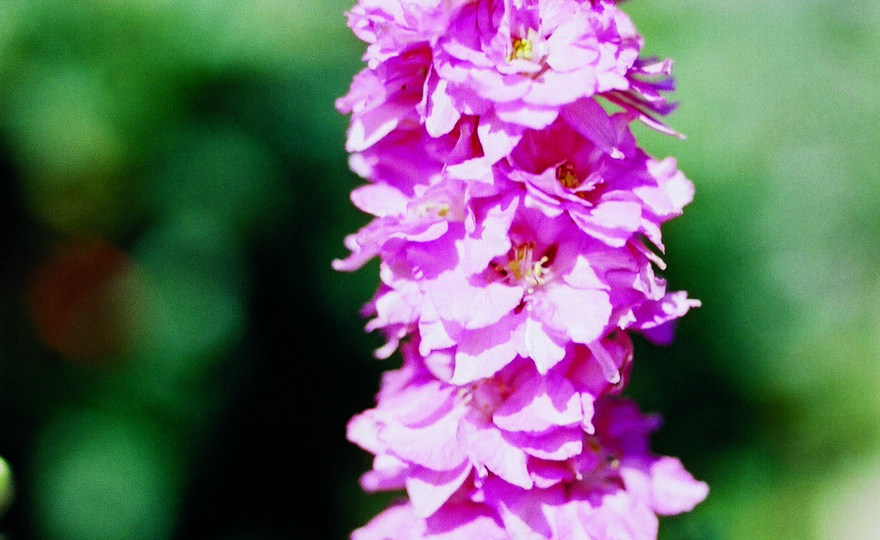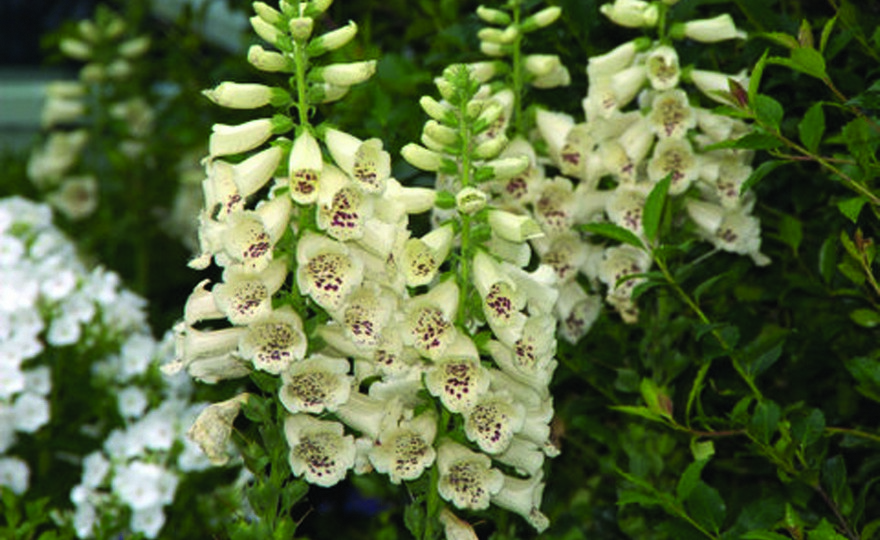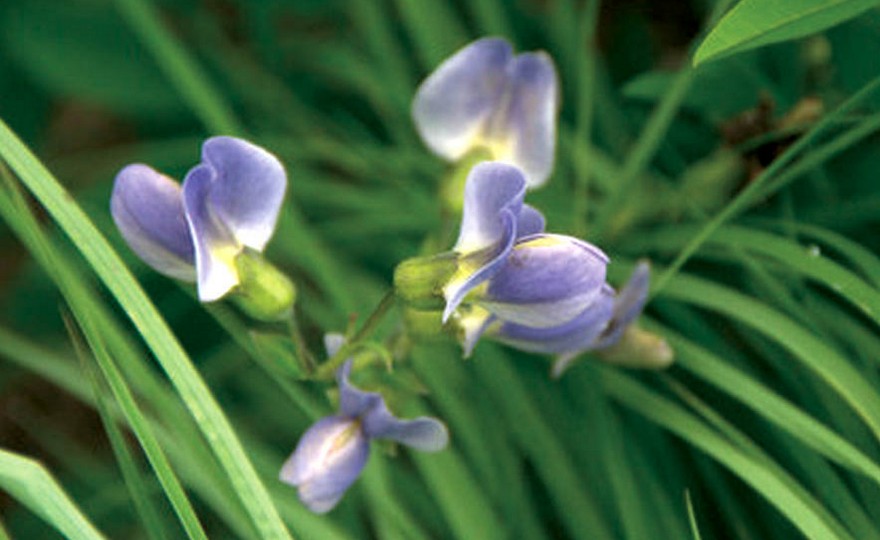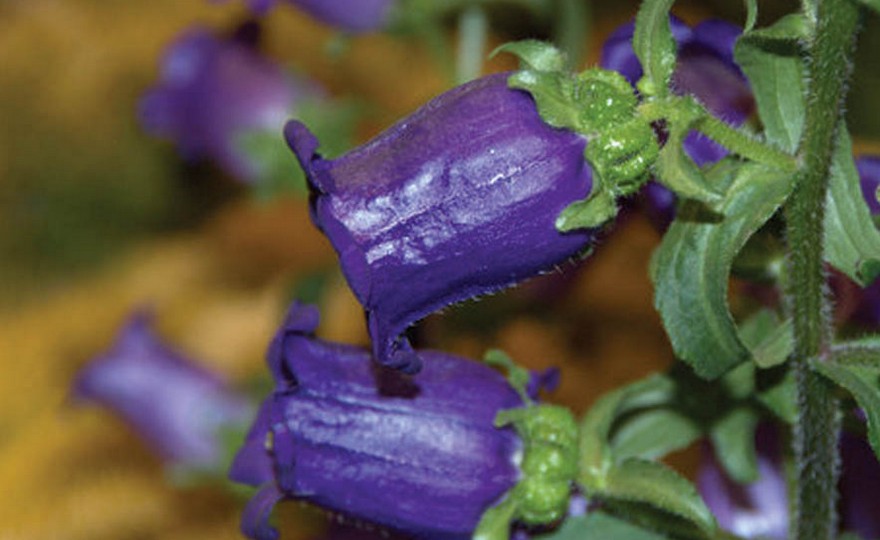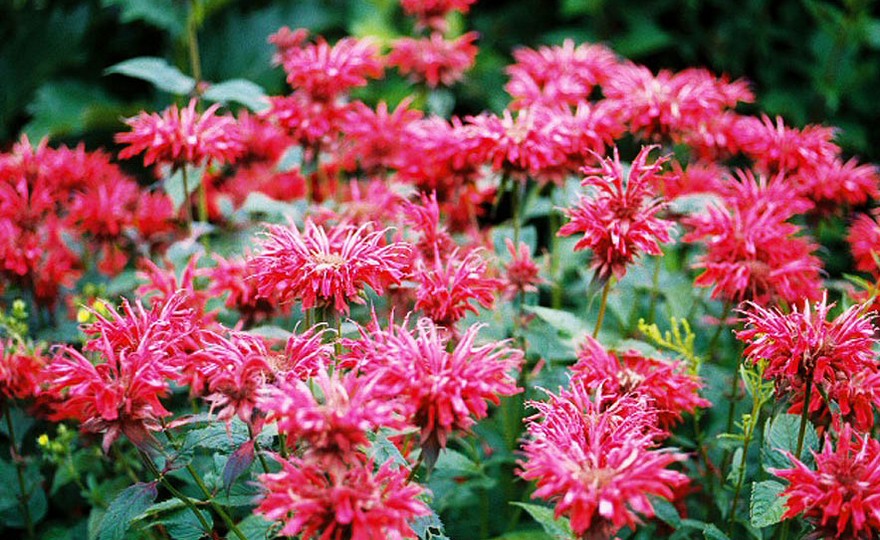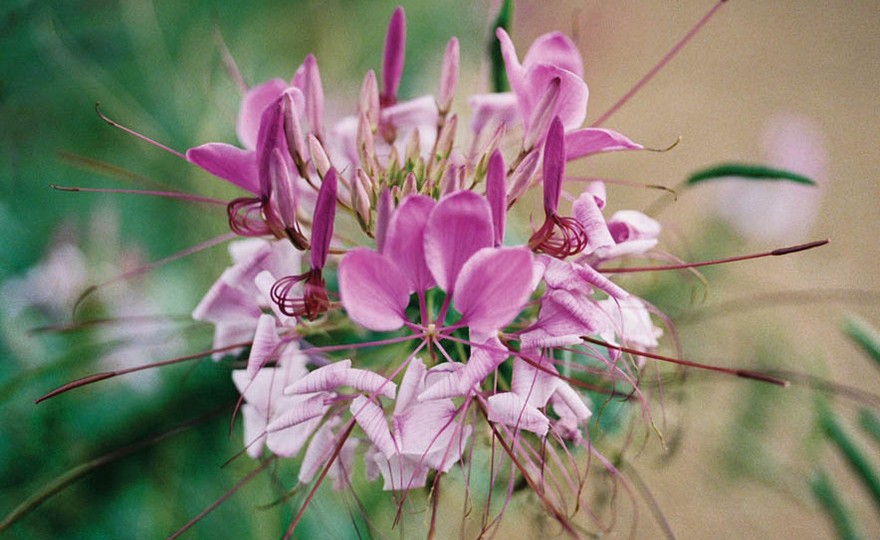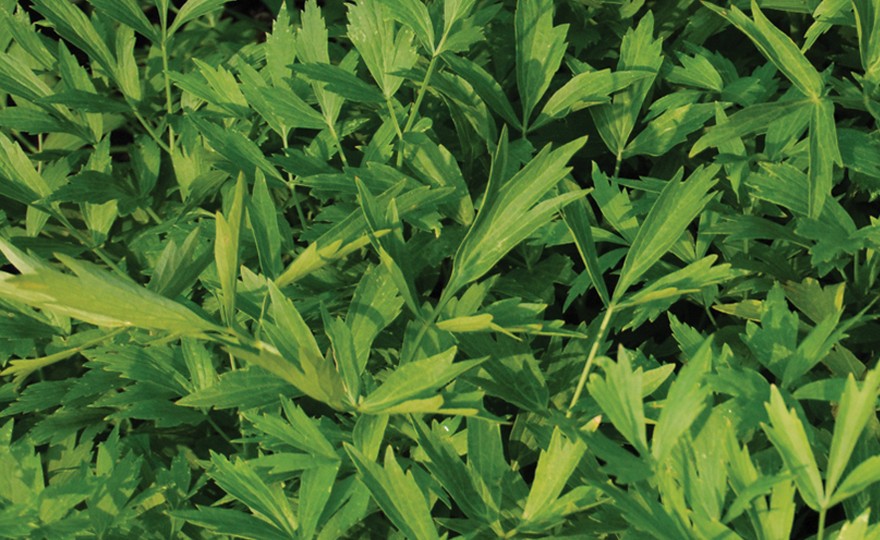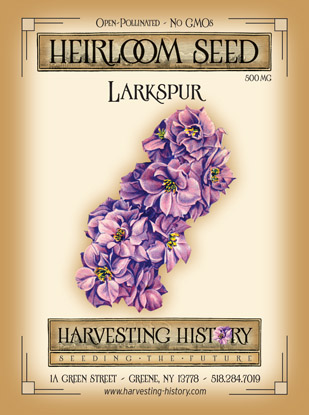
Larkspur
-
- **SOLD OUT** HOLIDAY GIFTS **SOLD OUT**
- **SOLD OUT** Holiday Books **SOLD OUT**
- **SOLD OUT** Holiday Citrus **SOLD OUT**
- **SOLD OUT** Holiday Gift Certificates **SOLD OUT**
- **SOLD OUT** Holiday Paperwhites **SOLD OUT**
- **SOLD OUT** Holiday Praying Mantis Kits **SOLD OUT**
- **SOLD OUT** Holiday Tools **SOLD OUT**
- **SOLD OUT** Holiday Wildflower Mixtures **SOLD OUT**
- Citrus Trees
- **SOLD OUT** - Vegetable and Herb Plants - Mix & Match any 6 Plants for $50 - Only Shipped in Quantities of 6
- Elephant Ear Plants & Roots
- **SOLD OUT** 4-Inch Pot Herb Plants **SOLD OUT**
- Rare Plants
- **SOLD OUT** Vining Plants **SOLD OUT**
- Asian Seeds
- Beneficial Bugs
- Books
- Citrus Fertilizers
- Cold-Treated Bulbs - SEE BULBS FOR FALL PLANTING TO ORDER
- Cold-Treated Allium
- Cold-Treated Chionodoxa
- Cold-Treated Crocus
- Cold-Treated Hyacinthoides
- Cold-Treated Hyacinthus Orientalis
- Cold-Treated Narcissus
- Cold-Treated Cyclamineus Narcissus
- Cold-Treated Double Heirloom Narcissus
- Cold-Treated Jonquilla Narcissus
- Cold-Treated Large Cupped Narcissus
- Cold-Treated Poeticus Narcissus
- Cold-Treated Small Cupped Narcissus
- Cold-Treated Species Miniature Narcissus
- Cold-Treated Split Cupped Narcissus
- Cold-Treated Tazetta Narcissus
- Cold-Treated Triandus Narcissus
- Cold-Treated Trumpet Daffodils
- Cold-Treated Ornithogalum
- Cold-Treated Rock Garden Iris
- Cold-Treated Scilla
- Cold-Treated Tulips
- Cold-Treated Emperor Tulips
- Cold-Treated Fringed Tulips
- Cold-Treated Green or Viridiflora Tulips
- Cold-Treated Lily Flowering Tulips
- Cold-Treated Parrot Tulips
- Cold-Treated Peony Flowering Tulips
- Cold-Treated Single Early Tulips
- Cold-Treated Single Late Tulips
- Cold-Treated Species Tulips
- Cold-Treated Triumph Tulips
- Flower Bulbs, Corms and Tubers
- Bulbs for Spring Planting
- Bulbs for Fall Planting - ALL BULBS AVAILABLE ARE COLD TREATED FOR PLANTING AS SOON AS SOIL CAN BE WORKED
- Fall Blooming Bulbs
- Garden Tools & Equipment
- Gift Certificates
- HHH Exclusive Wildflower Mixtures
- Wildflower Mixtures
- Heirloom Garlic
- Potatoes
- Roots & Sets
- Seeds
- Flowers
- Herbs
- Vegetables
- **SOLD OUT** HOLIDAY GIFTS **SOLD OUT**
-
- No products to compare
-
75 in stock
Quick Overview
Larkspur
In the 1900’s, the ’s popularity waned, but with the recent resurgence of interest in romantic cottage gardens, the has regained some of its popularity. The plant grows best from seed when the seed is sown in the late fall. Germination will not occur until the spring. If planted in the spring, the seed should be planted in early spring. The plants begin to bloom in late June or early July and bloom for approximately 2-3 weeks. is a prolific reseeder, so new plants should appear the next year – volunteers from the first year’s crop.
| Type | Spacing | Planting Depth | Days to Germination | Maturity |
| Annual | 12 in. | 1/2 in. | 21-28 | 30-45 |

Larkspur
Larkspur, for years, was considered to be a member of the Delphinium family, but has been recently re-classified with the new name Consolida ranunculaceae. This re-classification makes it a member of the Ranunculus family. The plant, an annual, was introduced into Britain in the mid-1500’s from its native habitat the Mediterranean. The name, Larkspur, probably originated in England and refers to the horn-shaped nectary of the flower which resembles the spur of a lark’s claw. Gerard (John Gerard, 1545-1612, author of the definitive horticultural text of the period, The Grete Herball, 1597,) made these notes about the Larkspur, “that in England the plant is known as larks spur, larks heel, larks toes, larks clawe and munkeshoode”. Soon after introduction into both Europe and Great Britain, Larkspur had naturalized and was frequently seen in cornfields and along the sides of roads. In ancient times the plant was used to heal wounds and the seed was used to rid the scalp of lice. Tournefort (A French physician and scientist who gave the science of Botany the concept of genus, 1656-1708) describes using the juice of distilled flowers to strengthen sight. All parts of the larkspur are poisonous, but the seeds are the most dangerous causing vomiting if consumed. By 1572, there is evidence of the plant in America and by the 1700’s it was a popular cottage garden flower.

